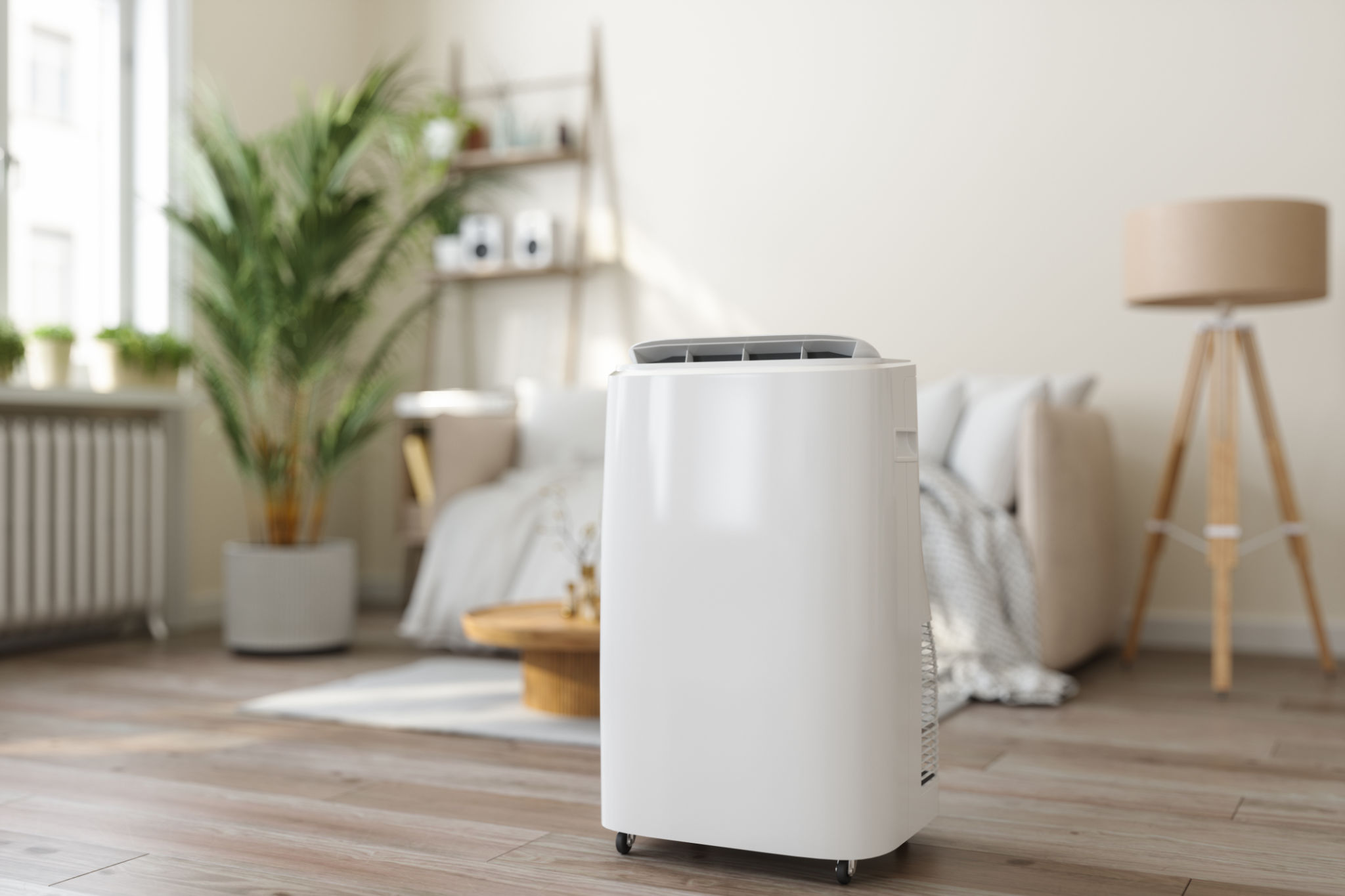Understanding the Impact of Singapore's Climate on Upholstery Care
Introduction to Singapore's Climate
Singapore, renowned for its vibrant cityscape and rich cultural diversity, is also characterized by its tropical rainforest climate. This unique climate significantly impacts various aspects of everyday life, including how we care for our upholstery. Understanding these climatic influences can help ensure the longevity and beauty of your furniture.
The high humidity levels, coupled with consistent temperatures, create an environment that can be both beneficial and challenging for upholstery care. While the warmth can prevent certain types of damage, the moisture poses specific risks that need to be managed effectively.

Humidity: The Double-Edged Sword
Effects of High Humidity on Upholstery
Singapore's humidity levels can soar to over 80%, which can have a profound impact on upholstery. High moisture content in the air can lead to the growth of mold and mildew, particularly on materials like fabric and leather. This not only affects the aesthetic appeal of your furniture but can also lead to health issues if not addressed promptly.
Moreover, humidity can cause certain fabrics to stretch or warp, affecting the structural integrity of your upholstery. Natural fibers like cotton and linen are especially susceptible to these changes. Therefore, it's crucial to choose materials that can withstand these conditions or to apply protective treatments to minimize damage.
Maintaining Upholstery in Humid Conditions
To combat the effects of humidity, consider using a dehumidifier in rooms with upholstered furniture. This simple addition can significantly reduce moisture levels, helping to prevent mold growth and fabric warping. Additionally, regular cleaning and maintenance routines play a pivotal role in preserving your upholstery's condition.

Temperature: Consistency is Key
Impact of Temperature Fluctuations
While Singapore's temperatures are relatively stable throughout the year, sudden changes due to air conditioning or outdoor exposure can affect upholstery. Leather, for instance, can crack or become brittle when exposed to direct sunlight or rapid temperature shifts. Fabrics may fade or lose their texture over time.
To mitigate these issues, it is advisable to position furniture away from direct sunlight and to maintain a consistent indoor temperature. Using curtains or blinds can also help protect your upholstery from harsh sunlight.
Choosing the Right Upholstery Materials
When selecting upholstery for a home in Singapore, it's important to consider materials that are resilient to both humidity and temperature variations. Synthetic fabrics such as polyester and acrylic often perform well in these conditions, offering durability and ease of maintenance.

Leather is another popular choice for its luxurious feel and appearance, but it requires specific care techniques to ensure it remains supple and free from cracks. Regular conditioning treatments can help maintain its quality over time.
Conclusion: Proactive Care for Lasting Beauty
Understanding the impact of Singapore's climate on upholstery care is essential for maintaining your furniture's longevity and appeal. By taking proactive measures—such as selecting appropriate materials, implementing regular maintenance routines, and controlling indoor humidity—you can protect your investment and enjoy beautiful, comfortable furniture for years to come.
Incorporating these strategies into your upholstery care routine will not only enhance the aesthetic value of your living space but also contribute to a healthier indoor environment. Whether you're a homeowner or a business owner, adapting your care practices to Singapore's climate is a wise decision that pays off in the long run.
